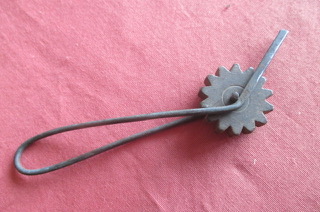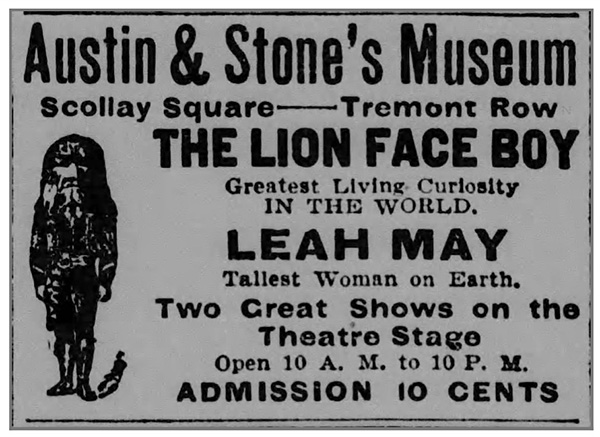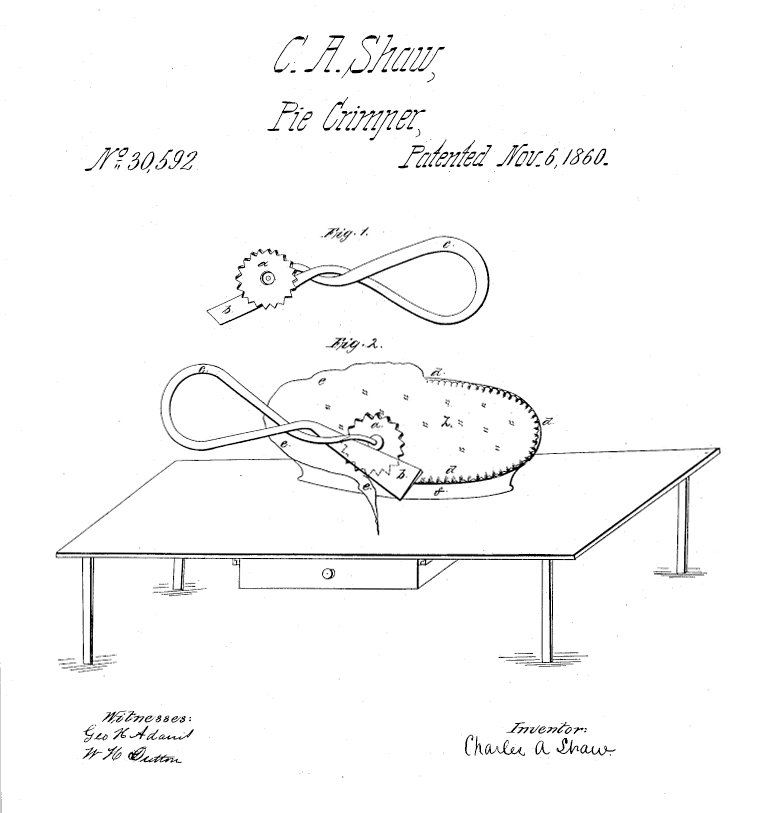CHARLES A. SHAW was “a man of great natural ability” who “won recognition in several distinct fields of endeavor” as an inventor, public official, newspaper man, physician, patent solicitor (attorney), and showman, according to his obituary in The Boston Globe January 8, 1909.
Shaw, 1831-1909, was a legendary inventor and patent solicitor who over the years guided scores of fellow inventors to develop their ideas and obtain patent protection.
A native of Maine, he launched his Shaw & Crane manufacturing concern in Biddeford in 1852 at the age of 21. He is credited with patenting five sewing machines and related devices that met with unparalled success for his firm over the next 14 years. The firm also manufactured other devices patented by Shaw and other inventors he mentored. During this period he also was the proprietor of five newspapers, including the Maine Democrat in Biddeford, and built and ran Shaw’s Opera House.
He served as councilman, alderman, and mayor of Biddeford in the 1860s and was a member of the Maine State Legislature before moving to Boston where he established himself as a patent solicitor, allopathic physician, and showman.
“Mr. Shaw had been a resident of Boston since 1872 and for the past 20 years he had been half owner of Austin & Stone’s Museum, an amusement enterprise that which none in Boston is better known,” the Globe obit said.
Shaw “also found time to look after other interests and at one time and another he owned a large number of plays and theatrical companies, which were on the road and most of them were profitable,” the obit said. Many of these were booked at Austin & Stone’s.
The Globe obit celebrated Shaw’s illustrious life and his successes, strongly indicating he would be best remember as the proprietor of Austin & Stone’s.
But there are others who think he would be known best for one of his patents that over the years had a big impact on the kitchens of America – at a time when all foodstuff was homemade and not prepackaged.
Shaw’s invention was related to that important staple, dessert – a “pie crimper,” the patent for which was granted Nov. 6, 1860, No. 30,592. It was manufactured by Shaw & Crane and proved very popular.
In his patent application, Shaw said, “it is well known that in making pies the upper and lower crusts have to be pressed together firmly at the edges to make them adhere to each other, and before baking those parts of the crusts projecting beyond the plate are trimmed off with a knife; and that it is also used in pressing the two edges together to use some implement which shall also serve to ornament the edge.
“The nature of my invention consists in the use, which combined in the same implement of a cutting instrument for trimming the pie, and a wheel for crimping and ornamenting the edge.”
The 160-year-old crimper pictured here surfaced from the famous John Rowley/Loretta Meserve collections in Alstead, New Hampshire, nhmilkweed on ebay.

A great invention, a valuable kitchen culinary device, but can it really compete with the proprietorship of Austin & Stone’s Museum?
Austin and Stone’s Museum, No. 4 Tremont Row, Boston, was an entertainment emporium featuring freak shows as well as dancing girls. The freak show, such as two-headed animals, and other exhibits including wax figures, curiosities and illusions, cost 10 cents, while admission to the girlie show cost an additional dime, according to Wikipedia. There also were special stage acts and lectures by celebrities of the day, including P. T. Barnum and Artemus Ward, both good friends of Shaw.

_______
(c) 2020, Donald Thornton. All rights reserved.

